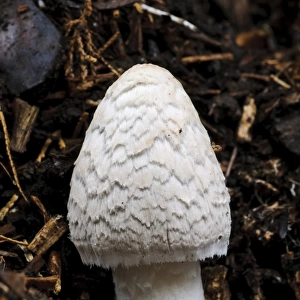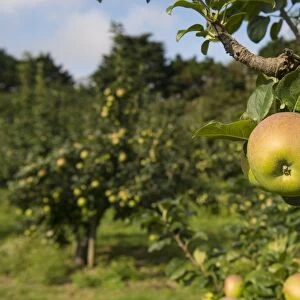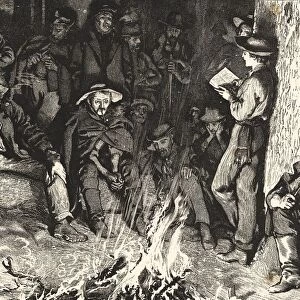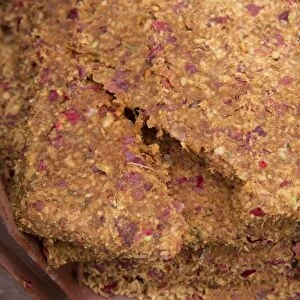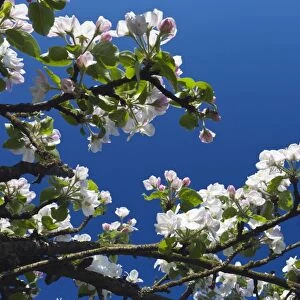Home > Science > SEM
White bread mould, SEM
![]()

Wall Art and Photo Gifts from Science Photo Library
White bread mould, SEM
White bread mould. Coloured scanning electron micrograph (SEM) of the fruiting bodies of two types of mould growing on white bread. The moulds are Penicillium sp. and Mucor mucedo. Spores from these moulds circulate freely in the air. On a favourable medium, they germinate and form an extensive network of threads (hyphae) that absorb food for growth and spore production. The Mucor spores are borne in the sac-like bodies seen, which are called sporangia. The Penicillium spores, known as conidia, are borne directly on special hyphae called conidiophores. Magnification: x40 at 6x7cm size
Science Photo Library features Science and Medical images including photos and illustrations
Media ID 6292343
© SUSUMU NISHINAGA/SCIENCE PHOTO LIBRARY
Body Bread Mould Conidia Conidiophore Conidium Decay Decaying Eumycota Filament Filaments Fruiting Bodies Fungal Fungi Fungus Hypha Hyphae Mold Mould Mouldy Mycology Net Work Sporangia Sporangium
EDITORS COMMENTS
This print showcases the intricate world of white bread mould, revealing a mesmerizing display of nature's decay and fungal growth. In this coloured scanning electron micrograph (SEM), we are presented with the fruiting bodies of two distinct types of mould thriving on a slice of white bread. The first type is Penicillium sp. , known for its characteristic blue-green appearance in other contexts. Its spores, called conidia, are directly borne on specialized hyphae called conidiophores. The second type is Mucor mucedo, whose spores are housed within sac-like structures known as sporangia. Both these moulds have their own unique way of spreading through the air; their microscopic spores circulate freely, waiting for a favorable environment to germinate and initiate an extensive network of threads called hyphae. These hyphae serve as conduits for absorbing nutrients necessary for growth and eventual spore production. In this image, we witness the remarkable complexity and beauty that lies within seemingly mundane objects like bread. The filaments intertwine to form an intricate net-like structure that serves as a testament to the resilience and adaptability of fungi in our ecosystem. With a magnification factor of 40 times at 6x7cm size, this SEM snapshot allows us to appreciate the hidden world teeming with life even in unexpected places such as decaying food items. It reminds us that there is always more than meets the eye when it comes to exploring nature's
MADE IN THE USA
Safe Shipping with 30 Day Money Back Guarantee
FREE PERSONALISATION*
We are proud to offer a range of customisation features including Personalised Captions, Color Filters and Picture Zoom Tools
SECURE PAYMENTS
We happily accept a wide range of payment options so you can pay for the things you need in the way that is most convenient for you
* Options may vary by product and licensing agreement. Zoomed Pictures can be adjusted in the Cart.





